Monday and Thursday are studio days. On these days in particular, the third floor undergraduate studio is filled with a frenetic energy of design, research, and exploration. Students can usually be found talking excitedly with design professors and classmates in a habitat saturated with trace sketches, study models, and empty coffee cups. Every week we’ll share a completed project, churned out from this energetic studio environment.
Interested in having your work featured on our STUDENT WORK Monday series? Check out our BRIDGE Contact page for submission details.
3B DESIGN OPTION STUDIO | Coordinated by Professor John McMinn
Revitalizing Bamyan | Seeking Self-sustainability in Central Afghanistan
By Safira Lakhani
There is a growing conviction that architecture has a capacity to transform the quality of human existence. This emerges from the notion that architecture is simultaneously a subject of, and responsive to, forces that arise out of a set of existing conditions. Herein, architecture can further foster human potential, capacity building, and empowerment, especially in the rehabilitation of post-war environments. The issue at hand thus becomes one of developing a paradigm of self-sustainability. This is particularly evident in the rural central-Afghan town of Bamyan. Suffering from significant devastation of infrastructure, ethnic discrimination and challenging climate conditions, the people of Bamyan have become increasingly dependent upon the presence of foreign aid and troops which, while contributing significantly to the decrease of Taliban activity in the region, has instigated a move away from local means of income. Revitalizing Bamyan is a design proposal that finds its premise within this given set of conditions, and responds accordingly to foster a culture of self-sustainability. Specifically, the project speaks to two principal issues; rebuilding the local agricultural industry to increase self-sufficiency, and secondly, to incorporate within that, the notion of personal safety and security that is achieved through the construct of a home, of dwelling.
Accordingly, this project proposes a three-fold programme consisting of multigenerational housing that regenerates vernacular typologies, locally constructed greenhouses which will extend the growing season and allow for crop diversification, and water-retention infrastructure including built and planted snow fences, additions and renovations to destroyed canal routes, and underground cisterns. These programmes will be additionally supported by harnessing solar energy through both passive and active means. Water, waste, and energy move through the system, taking into account vernacular and modern technologies to generate a culture of self-sustainability that will respond to pressing social issues and support a local economy, and therein, improve the livelihoods of the people of Bamyan.


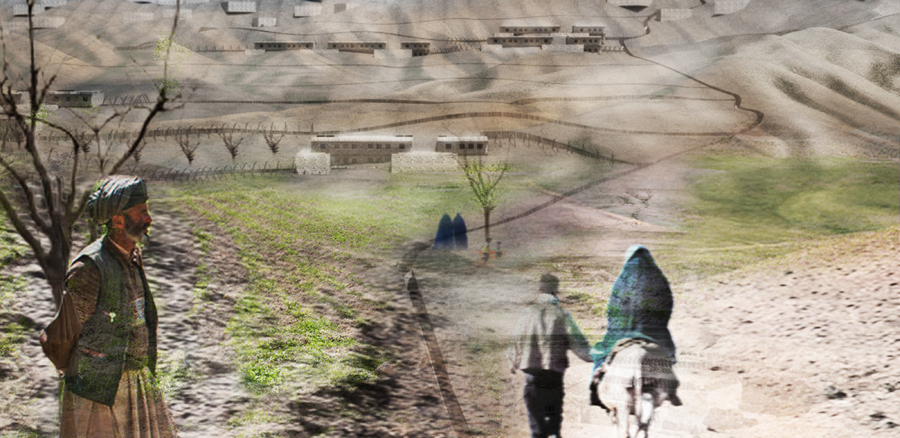
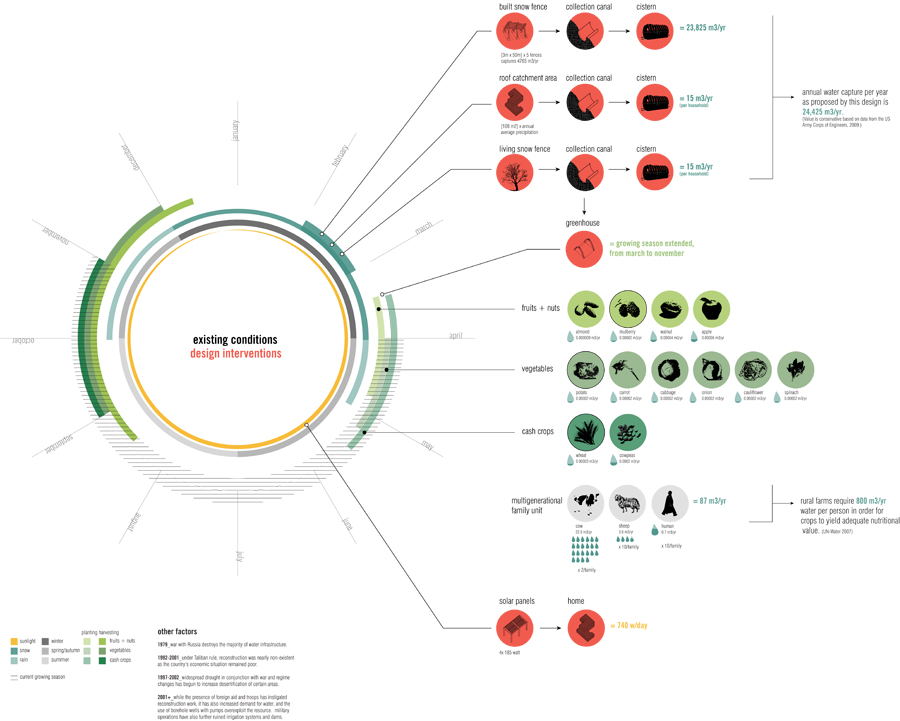
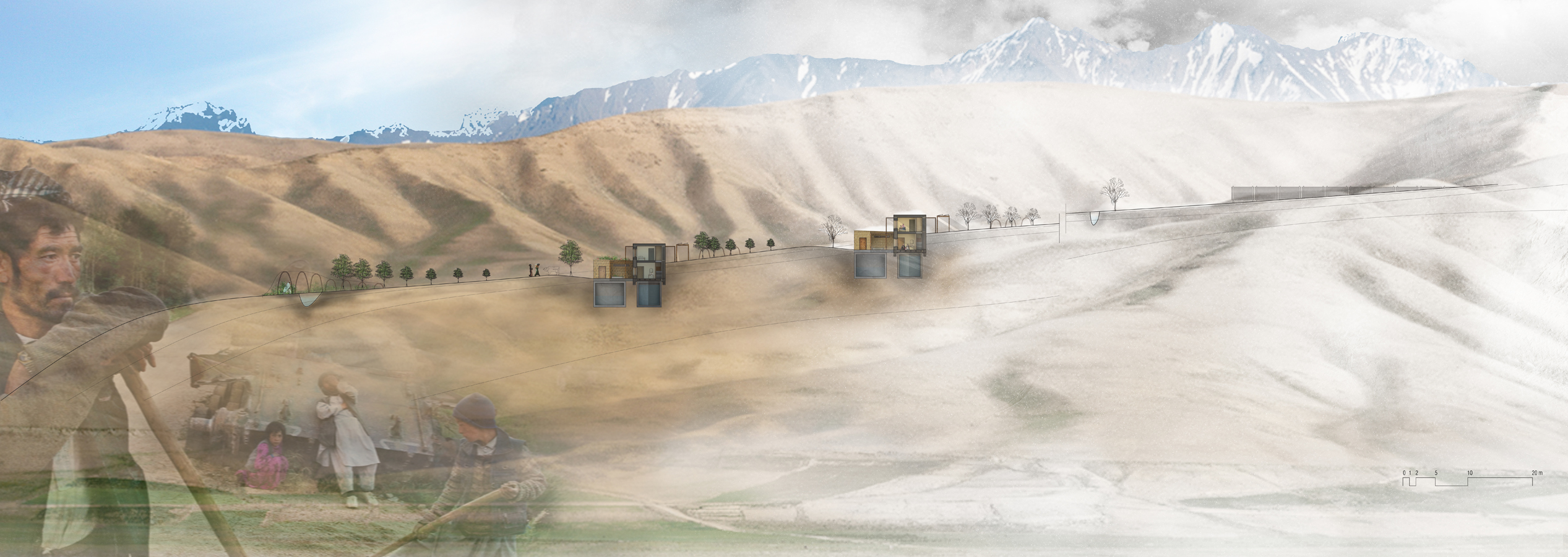
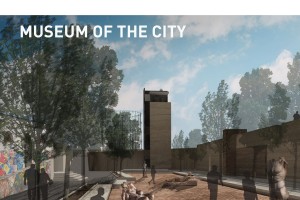
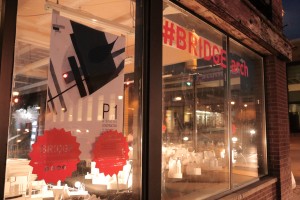
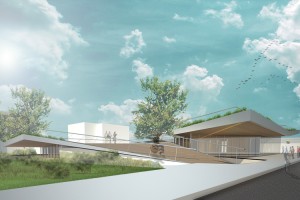
Leave a Reply